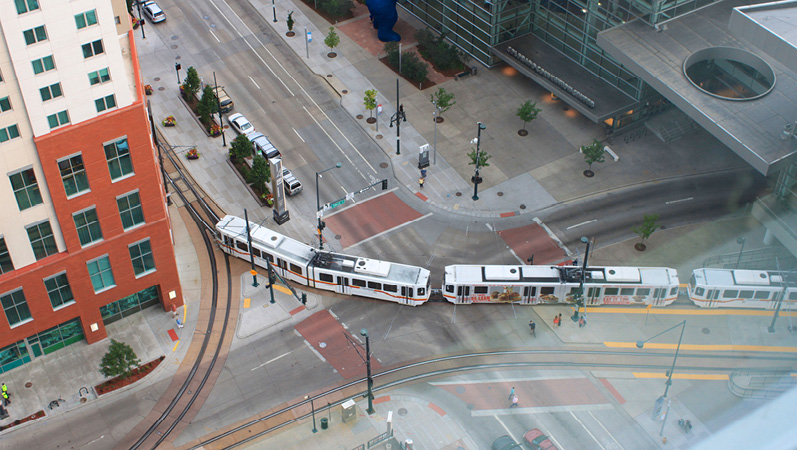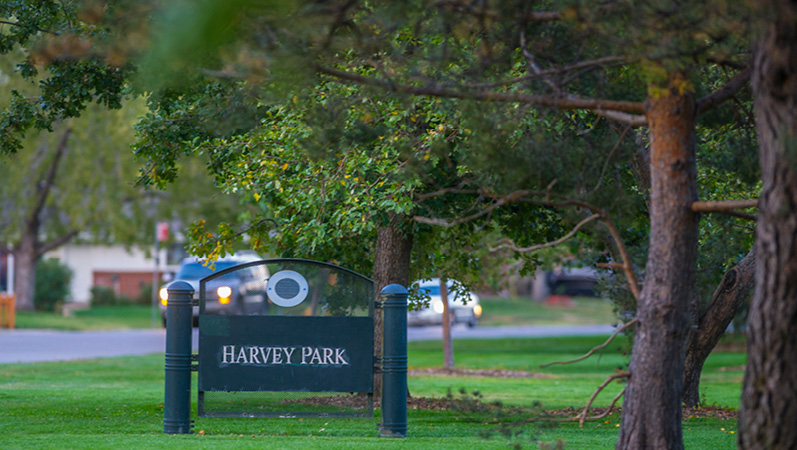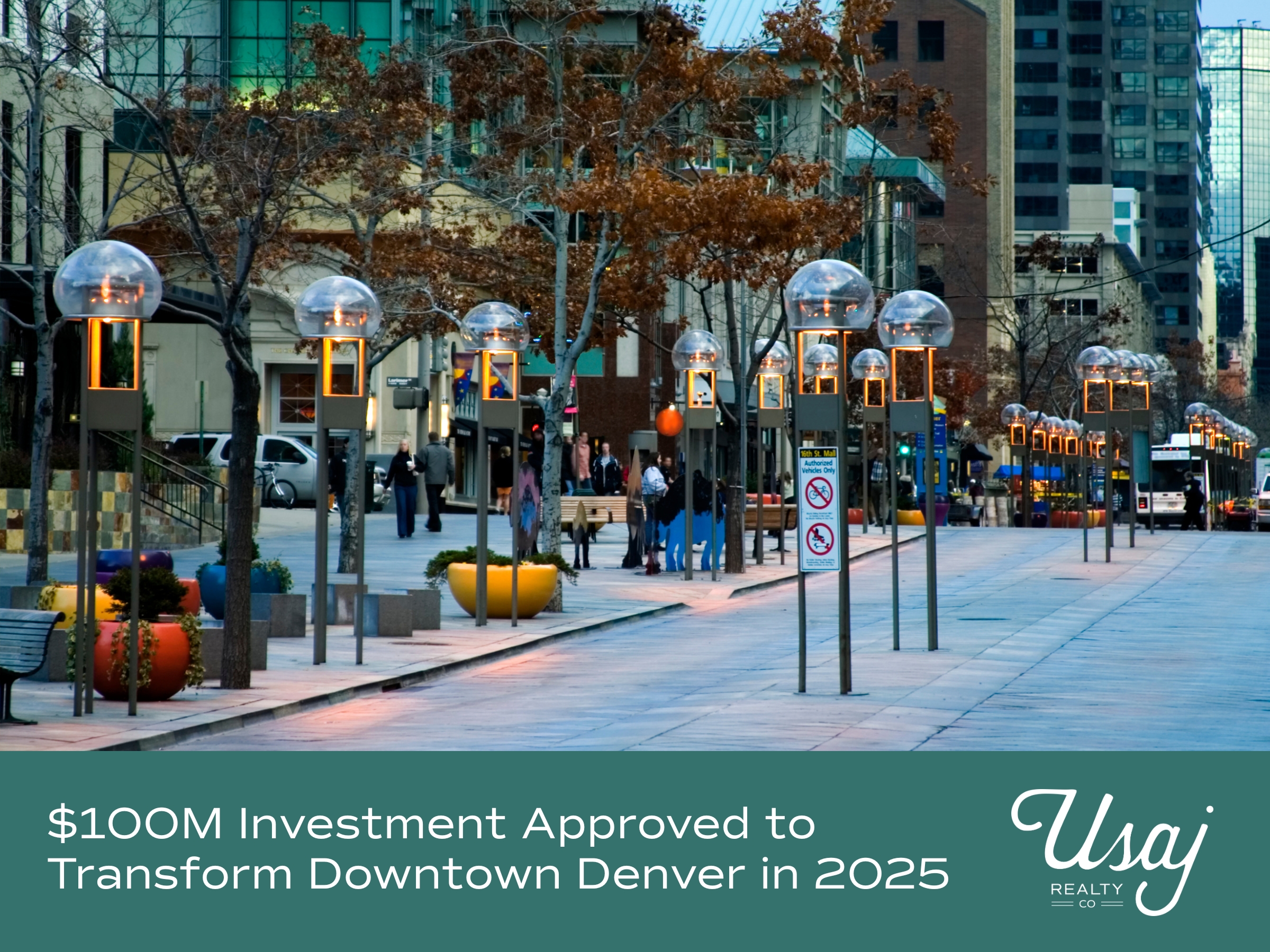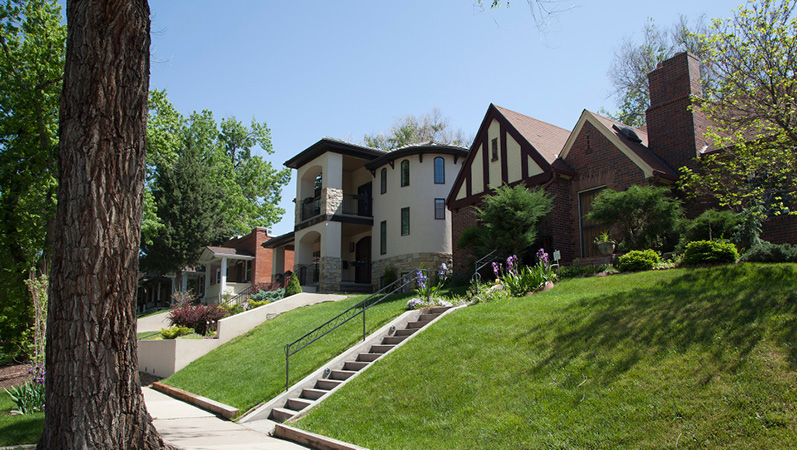Top Suburbs in Denver for Stress-Free Commuting
With the median price of a single-family home in Denver currently in the $575,000 range and costly rent in downtown apartments, many people find themselves considering other communities in which to live. Fortunately, by expanding a home search outside Denver, you may find more reasonably priced housing that is close to major highways and RTD light rail transportation stations, providing Commuter Friendly Suburbs.
How to get to the Suburbs
While many people desire to live within the Denver city limits, there are many advantages to owning a home or renting in cities outside of Denver. Whether you need more room for a growing family, a good school district or just want to get away from the hustle and bustle, nearby communities can fit your needs. And, these outlying cities still offer easy travel choices that get you into downtown.
The RTD FasTracks program has greatly expanded the public transportation options in the Denver area, making it easier and more convenient to live outside Denver but still work downtown. Without the hassle of driving and finding parking, riding the light rail or taking the bus into central Denver is an easy proposition for most people in the metro area. Furthermore, additional lines and service will be continuing in the near future.
Transit-oriented developments (TODs) have also sprouted up near the light rail hubs. These apartments and other multi-family housing units offer quick access to the light rail, and many have attracted ancillary restaurants and service providers which have set up shop within a few blocks of the developments. These ‘mini villages’ are a favorite among people who want new housing that provide nearby transportation options, major highways and shopping.
Here are a few favorite areas outside of Denver offering commuter-friendly housing that may be more affordable than a Denver address and which offer many of the amenities of city living:
Downtown Littleton
There is ‘little’ not to love about this historic community located 20 miles south of downtown Denver. This older established enclave has experienced a rebirth over the last several decades with a bustling downtown, brewpubs, incredible access to open space, and a top 10 school district. Littleton offers a wide selection of condos, townhomes, and single-family homes with an equally vast range of prices.
The area was settled by Richard Sullivan Little, an engineer from New Hampshire, who founded Rough and Ready Flour Mill and provided a solid economic base for the community. Main Street in Littleton is home to a wonderful array of boutiques, coffee and tea houses, exceptional restaurants and modern brewpubs.
The RTD established a light rail service to Littleton 20 years ago, providing long-sought-after access to downtown Denver. That line, later named the D line, allows commuters access to downtown while the C line drops people at various spots along the SW corridor including Union Station.
Residents in Littleton enjoy rapid access to a variety of recreational opportunities. The Greenway Foundation trail along the South Platte River enables people to bike, run, rollerblade and walk their dogs for miles along this scenic waterway. Additionally, Chatfield Reservoir is a short 10-minute drive away as is access to the foothills, hiking, and skiing.
The Littleton School District is the 6th best school district in Colorado according to the most recent rankings by Niche. The district features the highly ranked Lois Lenski Elementary (Centennial), Powell Middle School (Littleton), and Arapahoe High School (Centennial).
Aurora
While stigmatized over the decades because of its urban sprawl, people are still drawn to Aurora because of its affordability, the Cherry Creek School District, access to the RTD light rail, and plentiful parks and recreation outlets. People who live here love their neighborhoods and appreciate all the city has to offer.
Aurora is no stranger to growth. In the late 1970s and early 1980s, Aurora was the fastest growing city in the United States as many people opted to leave Denver for a suburban setting.
As the third-largest city in Colorado, Aurora encompasses a whopping 154 square miles and three counties: Adams, Arapahoe, and Douglas. Situated east and southeast of Denver, Aurora has taken advantage of its ability to grow and is one of the few cities that continues to see new single-family homes being built within the city limits.
With the RTD’s R Line, light rail service now threads through the heart of Aurora. The 10.5 miles of new light rail connects at Nine Mile Station, up I-225 to the Peoria Station, and on to the University of Colorado A Line. The R Line provides easy connections, making it more convenient than ever to get to the airport, the Denver Tech Center or downtown Denver.
The massive Cherry Creek School District, considered one of the best in the state, includes large sections of Aurora. Ensuring a good education for their children is often a priority for young families and as a result, Aurora is frequently at the top of their real estate shortlist.
Residents in Aurora enjoy many recreational outlets including six major public golf courses, 100 parks, miles of biking and walking trails, two reservoirs (Quincy and Aurora) and over 5,000 acres of open space. The Stanley Marketplace has also become a staple to the area since it’s opening in 2016. Enjoy perusing the 52 shops, retailers, restaurants, and more.

Englewood
Incorporated in 1903, Englewood has a rich history dating back to the mid-1850s when gold was discovered in Little Dry Creek. Englewood is the first suburb south of Denver and is generally contained in the area of Yale, Clarkson, Belleview and Santa Fe. Approximately 34,000 people live in Englewood, making it the fourth most populous city in Arapahoe County.
Englewood cemented its independent status in 1948 when 2,500 acres of lands were purchased on the Platte Canyon, and McClelland Reservoir was built. This reservoir is the main water source for the residents of Englewood, which was notable as it assured independence from the huge Denver Water Department.
Like most suburbs, Englewood has a variety of housing options. The city has many older homes as well as pop-tops, townhomes and condos, and large apartment complexes. Due to its close proximity to Denver, Englewood is often a favored location for people looking for affordable homes.
Englewood is a primary transportation hub for the RTD, and has two light-rail stations at the Englewood Civic Center and Sheridan/Oxford. These stations are conveniently located within two- to three miles of most of the homes in Englewood. Riders can access stops along the Santa Fe corridor, downtown Denver and Union Station, via the C and D lines.
The city of Englewood features an active downtown area on Broadway, north of Hampden. Many restaurants, shops, service facilities and the historic post office are located along this business district.
Lakewood
Denver’s neighbor to the west, Lakewood is the largest city in Jefferson County with more than 154,000 residents. Ironically, it wasn’t incorporated until 1969 and was originally named Jefferson City.
Due to the number of small lakes and reservoirs that dot its landscape, it was quickly renamed Lakewood. In both 2011 and 2016, Lakewood was recognized as an All-American City. It covers a very large geographic area — 44 square miles. Parts of Lakewood extend from West 32nd Avenue to Grant Ranch Blvd., Sheridan Blvd. to C-470.
Although Lakewood does not have a traditional downtown, the Belmar area of Lakewood has become a focal point in the community where visitors and residents alike enjoy the many retail outlets, service providers, restaurants and outdoor activities.
Lakewood offers a variety of living options: from apartments to sprawling ranch homes, townhomes to new construction. Its residents enjoy being close to Denver and the mass transportation channels that allow easy access to Denver amenities. RTD offers both bus and light rail service in and out of Lakewood. The West Line Village has become a popular TOD for people commuting to downtown Denver.
Home to Bear Creek Lake Regional Park and William Frederick Hayden Park (Green Mountain), Lakewood has 99 parks totaling more than 7,100 acres of open space and more than 180 miles of trails for biking, walking, hiking, and horseback riding. Additionally, there are seven unique community gardens where people can test their green thumbs.
Belleview Station
This TOD at Belleview and I-25 is where Greenwood Village and Denver converge. Regardless of whether you find yourself with a Denver address or a Greenwood Village identity, this area is booming with apartments, condos and other multi-family homes. Spanning both sides of the I-25, you’ll find newly constructed, modern apartments that provide instant access to the light rail. Nearby condos and townhomes in and near the Denver Tech Center allow residents to walk or bike to work, or take the train to downtown.
The Belleview Station includes not only hundreds of apartments but dining establishments, nearby hotels and a variety of service providers. There is ample street parking for commuters on Layton Avenue and Newport Street. Union Avenue arches over the highway, and features well-kept sidewalks for pedestrians walking from the east side of I-25. A convenient elevator transports people to the ground level where the trains stop.
Whether you are heading out to Aurora, Lone Tree or downtown Denver, Belleview Station is convenient for residents of the southern suburbs and the DTC.
Lone Tree/Lincoln Station
Incorporated in 1995, Lone Tree has become a thriving community of 14,000 residents and is home to a diversified economy.
Located on the south end of the Denver metro area, the boundaries of Lone Tree consist of County Line on the north, RidgeGate on the south, Quebec on the west side, and east to a section south of Lincoln and east of I-25.
The master-planned community of RidgeGate is a large residential development south of Lincoln Ave. (on both sides of I-25). Additionally, the subdivisions of Heritage Hills, Centennial Ridge, and Carriage Club comprise much of the residential development in Lone Tree but there are also many apartments and townhomes in the area. Framing the northern section of Douglas County, residents are able to take advantage of the RTD light rail in which Lone Tree acts as the southern terminus (Ridgegate Parkway). The E and F line runs north along the I-25 corridor to Union Station and to 18th and California, making commuting into the city a breeze. The R line was added two years ago in 2017, which allows people to get in and out of Aurora.
The Southeast Rail Extension added three new stations and an additional 1,300 parking spaces along the 2.3-mile appendage that ends at Ridgegate Parkway. Southeast Denver business associations, companies, and municipalities joined forces to support the new light rail line. The City of Lone Tree and area stakeholders contributed an unprecedented $25 million, with an additional $3 million of in-kind contributions, land, and right-of-way.
The local match of approximately 12 percent of the project cost far exceeded the 2.5 percent match RTD asked of its local partners and helped RTD successfully secure federal funding for the project. RTD received $92 million from the Federal Transit Administration Small Starts funding program, as well as $9.4 million from Congestion Mitigation and Air Quality grant funds. The total cost of the project is $233.1 million.
The Park Meadows Mall continues to be the crown jewel of Lone Tree. Developed in 1996, this premier shopping center features 185 stores and restaurants, and there is adjacent retail shopping areas along County Line and Yosemite. Park Meadows enjoys its status as a blue-chip shopping experience and is easily accessed off of I-25 and C-470.
Lone Tree is also home to Sky Ridge Medical Center. Built in 2003, the 58-acre campus features a state-of-the-art hospital with 286 beds. It is known for its spine and total joint center as well as its women’s health center, cancer care and both adult and pediatric ER.




